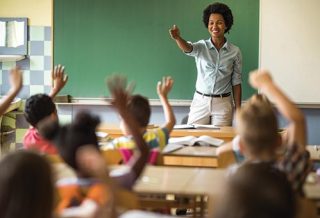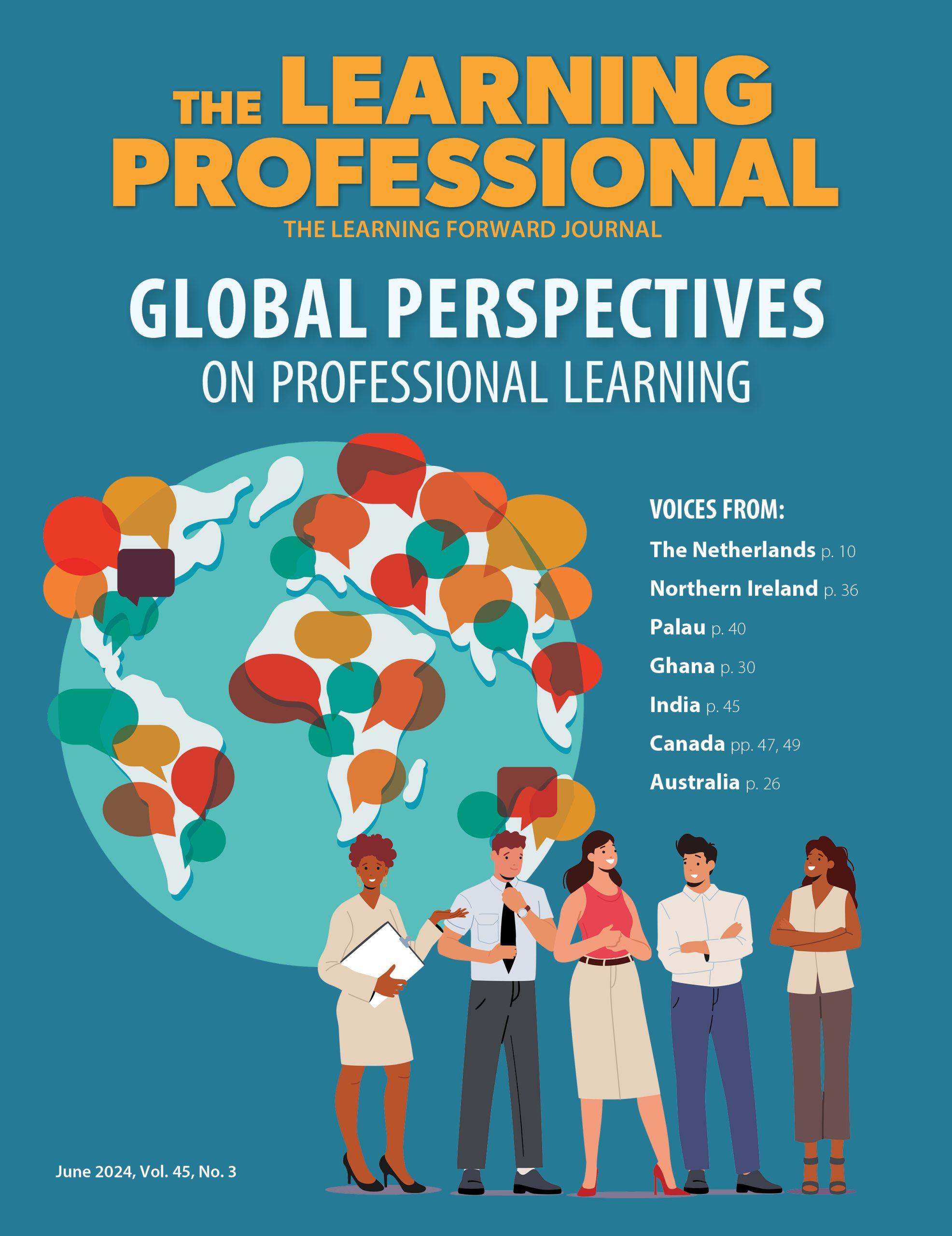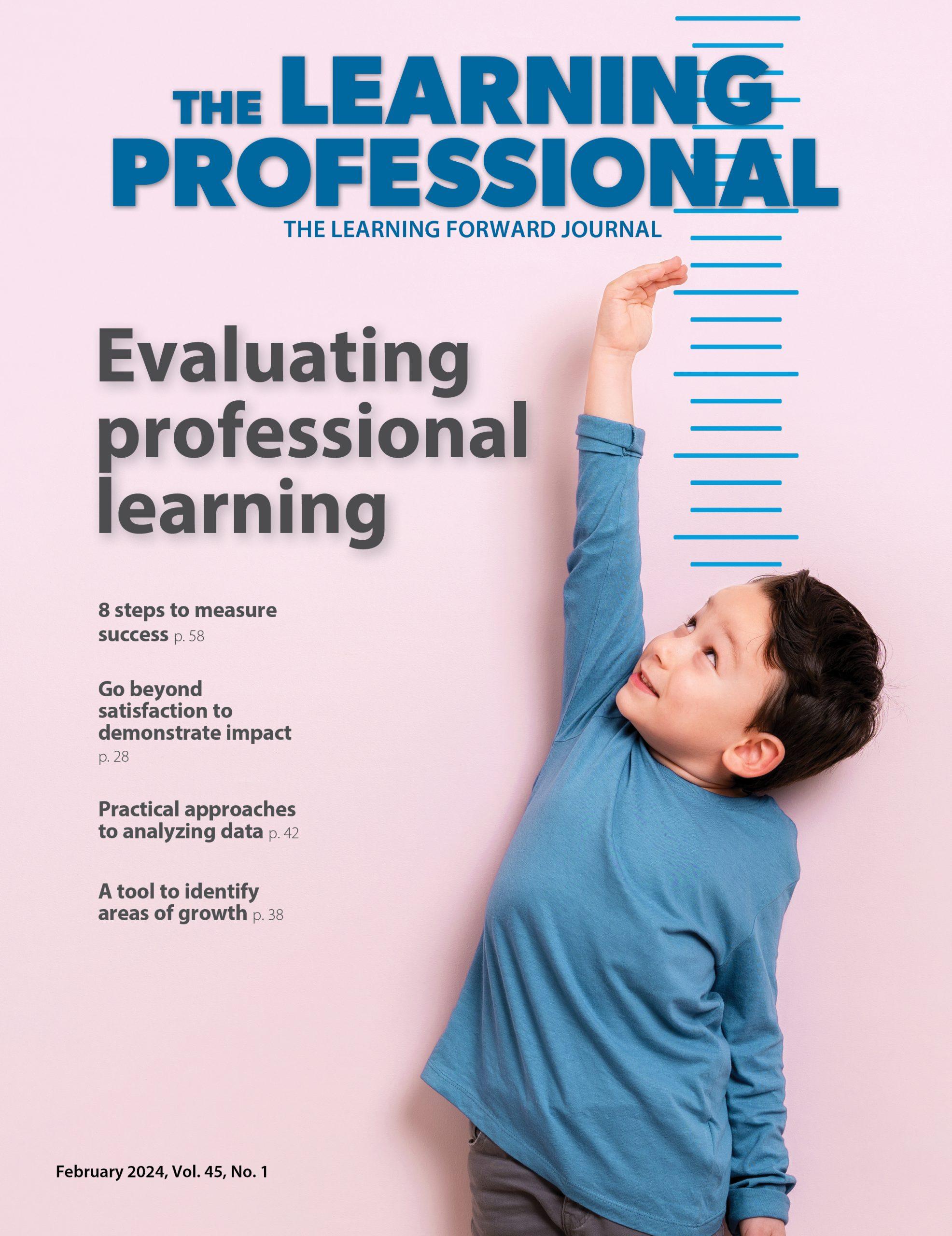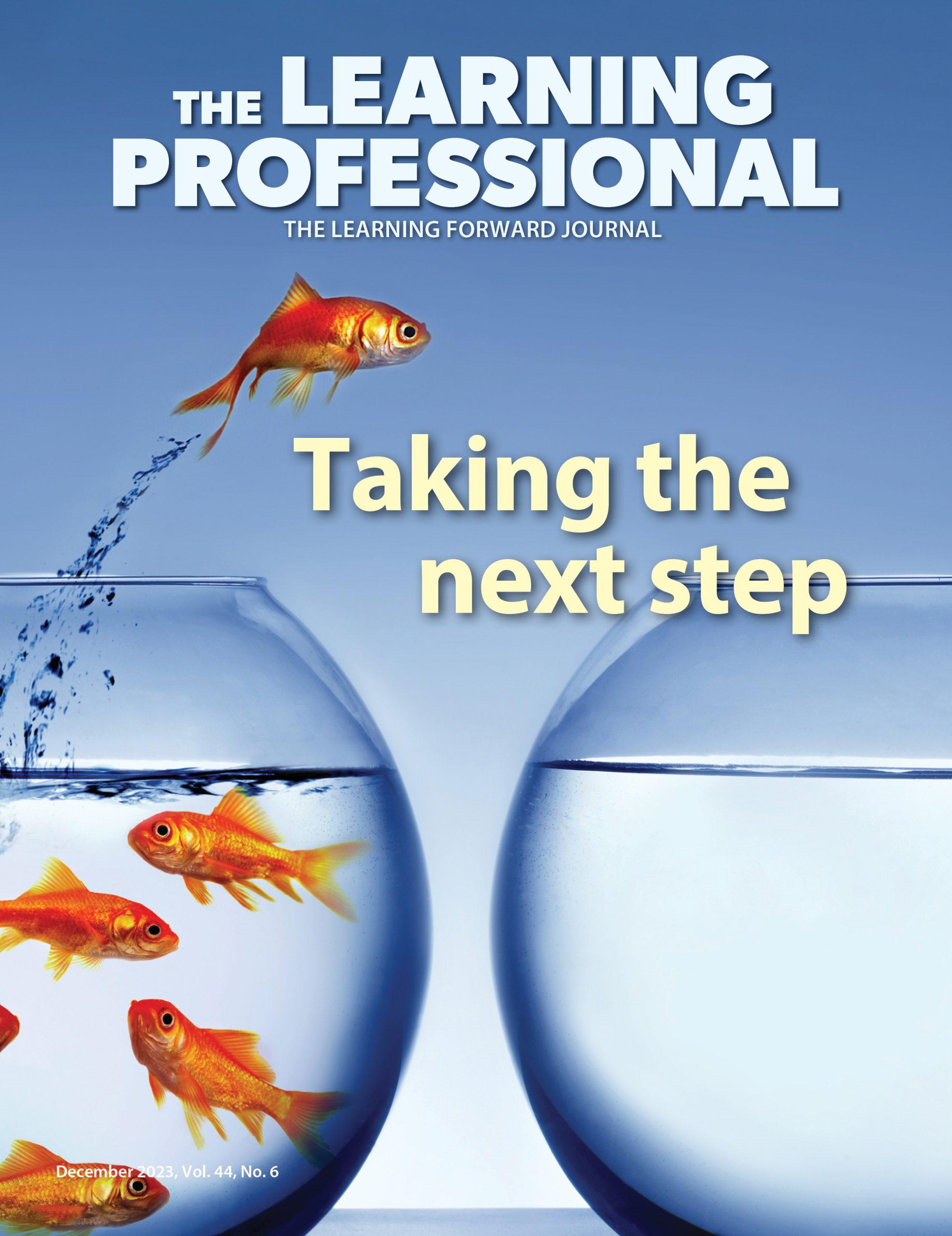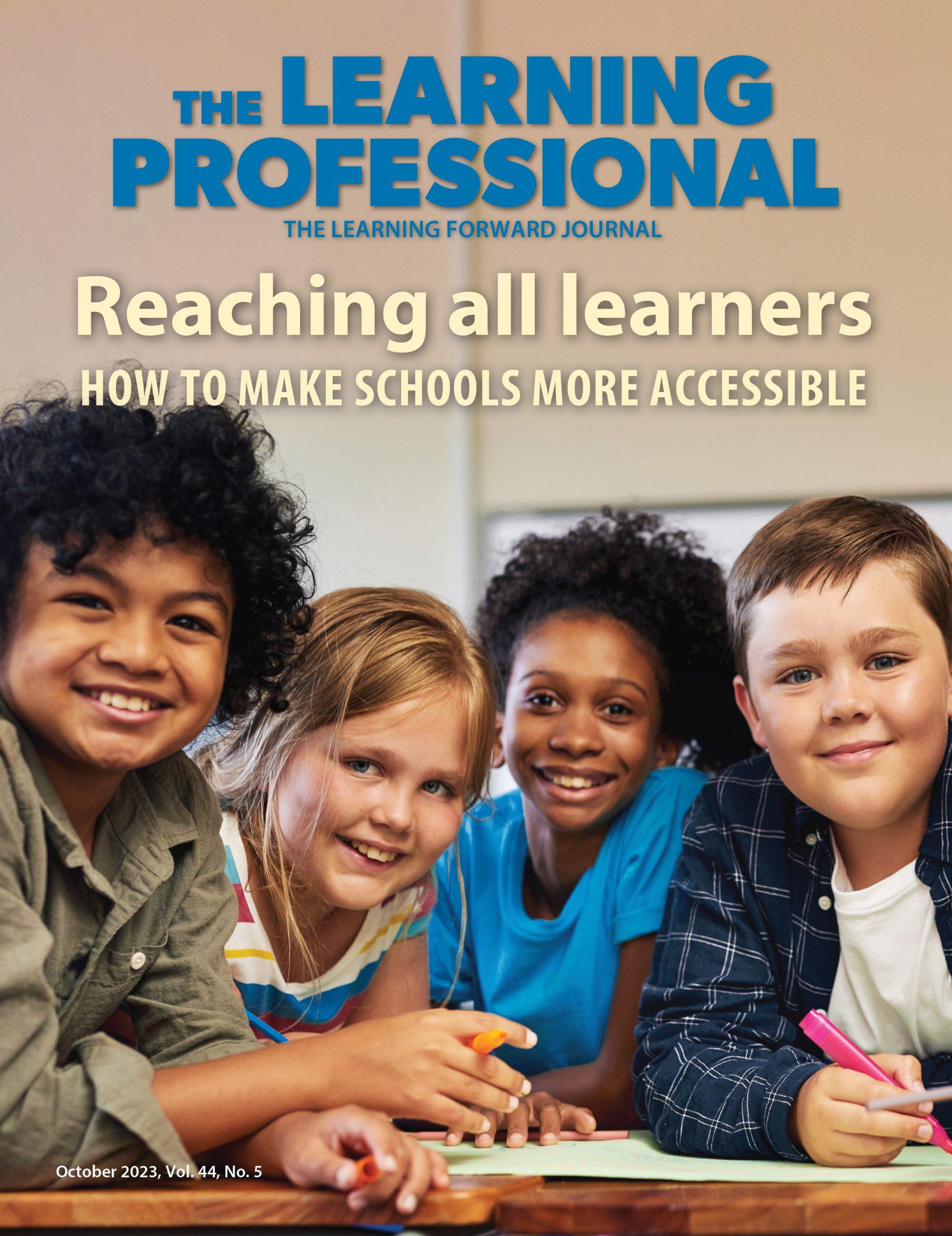FOCUS
Sowing seeds of SEL
University-district partnership builds social and emotional learning across the teacher pipeline
By Nancy L. Markowitz, Wendy Thowdis and Michael Gallagher
Categories: Social & emotional learningAugust 2018
Vol. 39 No. 4
Read the remaining content with membership access. Join or log in below to continue.
Sed ut perspiciatis unde omnis iste natus error sit voluptatem accusantium doloremque laudantium, totam rem aperiam, eaque ipsa quae ab illo inventore veritatis et quasi architecto beatae vitae dicta sunt explicabo. Nemo enim ipsam voluptatem quia voluptas sit aspernatur aut odit aut fugit, sed quia consequuntur magni dolores eos qui ratione voluptatem sequi nesciunt. Neque porro quisquam est, qui dolorem ipsum quia dolor sit amet, consectetur, adipisci velit, sed quia non numquam eius modi tempora incidunt ut labore et dolore magnam aliquam quaerat voluptatem.
PROGRAM GOALS AND OBJECTIVES
GOALS
- Understand and use a common language to discuss SEL and culturally responsive teaching.
- Develop cooperating teachers’ ability to integrate SEL and culturally responsive teaching into their own practice.
- Strengthen the cooperating teachers’ ability to help teacher candidates integrate SEL and culturally responsive teaching into their practice.
- Connect co-teaching and social and emotional learning.
- Explore the dispositions necessary for teachers and students to thrive and feel successful.
OBJECTIVES
- Be able to explain the importance of SEL to academic achievement and students’ ability to thrive.
- Be able to explain the connection between SEL skill development for teachers and learners and the achievement of Common Core State Standards.
- Be able to generate and try lessons with SEL foundational anchors to build a safe physical, social-emotional, and intellectual learning environment.
- Be able to identify SEL skills needed within content-specific lessons.
References
Aspen Institute. (2018, May). Pursuing social and emotional learning through an equity lens: A call to action. Washington, DC: Author.
Bouffard, S. (2017). No (good) teacher is an island: How Sunnyvale, California is creating a great pipeline of teaching and learning. Case study for Morgan Family Foundation.
Bridgeland, J., Bruce, M., & Hariharan, A. (2013). The missing piece: A national teacher survey on how social and emotional learning can empower children and transform schools. Washington, DC: Civic Enterprise
Reinke, W.M., Stormont, M., Herman, K.C., Puri, R., & Goel, N. (2011). Supporting children’s mental health in schools: Teacher perceptions of needs, roles, and barriers. School Psychology Quarterly, 26(1), 1-13.
Schonert-Reichl, K., Hanson-Peterson, J.L., & Hymel, S. (2015). SEL and preservice teacher education. In J. Durlak, C.E. Domitrovich, R. Weissberg, & T.P. Gullotta (Eds.), Handbook of Social and Emotional Learning. New York, NY: The Guilford Press.
Walter, H.J., Gouze, K., & Lim, K.G. (2006). Teachers’ beliefs about mental health needs in inner city elementary schools. Journal of the American Academy of Child & Adolescent Psychiatry, 45(1), 61-68.
Categories: Social & emotional learning
Recent Issues
WHERE TECHNOLOGY CAN TAKE US
April 2024
Technology is both a topic and a tool for professional learning. This...
EVALUATING PROFESSIONAL LEARNING
February 2024
How do you know your professional learning is working? This issue digs...
TAKING THE NEXT STEP
December 2023
Professional learning can open up new roles and challenges and help...
REACHING ALL LEARNERS
October 2023
Both special education and general education teachers need support to help...



